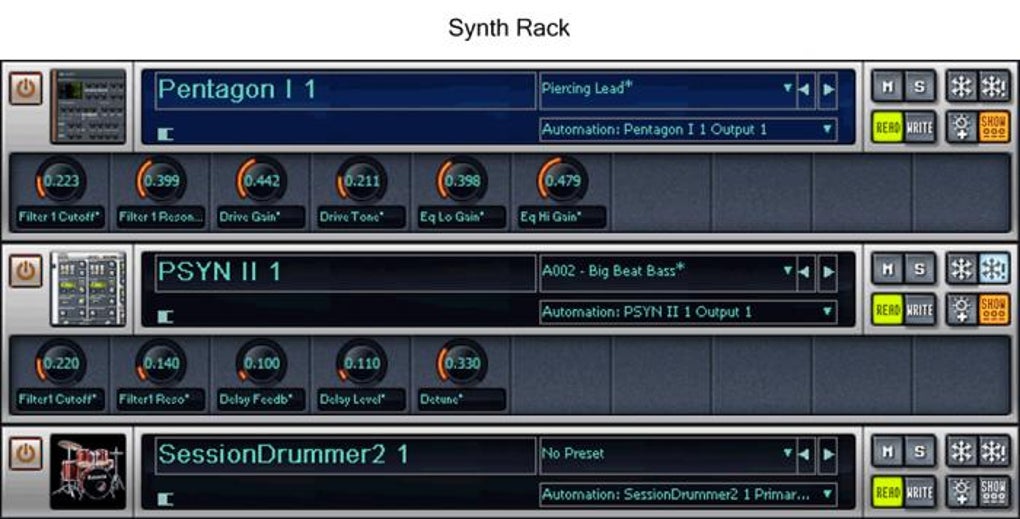
- SONAR 8 GETTING STARTED INSTALL
- SONAR 8 GETTING STARTED SOFTWARE
- SONAR 8 GETTING STARTED CODE
- SONAR 8 GETTING STARTED DOWNLOAD
Integrating with SonarCloud is a multi-step process, but it's easy enough and straightforward. SonarCloud is a hosted cloud service that makes it easy to use SonarQube in a team environment without needing to run our own SonarQube instance. Integrate With SonarQube Using SonarCloud I know you want to fix the issue (what good developer wouldn't?), but let's leave it for now so we'll have something to look at using the SonarQube cloud service.
SONAR 8 GETTING STARTED CODE
Now we have a way of receiving immediate feedback on potential issues while the code is under development. Hovering over one of the markers will give you a brief synopsis of the issue. The additional inspections will appear on the right-hand side of the code editor window where all the other IntelliJ inspections appear. The SonarLint plugin will also provide real-time feedback during development just like any of the other IntelliJ inspections. Click on the finding to reveal more information about it and to see examples of non-compliant code and compliant code.ĭouble-clicking a finding will take us to the file and line where the issue is. Currently, in our project, there's only a single finding. A new window will appear at the bottom of the IDE after the analysis is done.

If you see a warning that this may take a while for large projects, just click through to proceed and the SonarLint analysis will start to run. From the "Analyze" submenu all the way at the bottom, select the "Analyze all files with SonarLint" option. Right-click on any project file in our project window to open the context menu. Now we're ready to put our plugin to work. Go ahead and click the green "Install" button, and the installation process will start. This should find the SonarLint inspection plugin pretty quickly from the Sonar plugin repository. Do this by entering "SonarLint" as a search term and then click the "Search in repositories" link. The easiest way to find the SonarLint plugin is to just search for it. First, open the IntelliJ "Preferences" window and select the "Plugins" selection on the left.
SONAR 8 GETTING STARTED INSTALL
Now that we have our project set up and ready to go, we need to install the SonarLint plugin. If not, go back and ensure that you have a working project before continuing. You should see the venerable "Hello, World!" message formatted as a JSON object: Verify that everything is working by right-clicking the Application.java file in IntelliJ and click "Run."Īfter running it, test that everything is working OK by navigating to in your browser. Once you have everything imported, your project window should look something like the following: Either way, go ahead and take a few minutes to get the project running using your preferred build environment and import it into IntelliJ. If you have an existing project that you'd like to use instead, by all means use that.
SONAR 8 GETTING STARTED DOWNLOAD
We'll also take the SonarLint IntelliJ plugin for a spin, so be sure to download the community edition of IntelliJ. For this guide, we'll use the restful Java web service from the Building a RESTful Web Service Spring guide project, and we'll use Gradle as a build tool. Create a Simple Projectīefore diving into using SonarLint and SonarQube, we need a project to work with. Simple and straightforward code makes everything easier. Thus, it reduces the cost of ongoing development as well as the cost associated with maintenance. Using tools like these will help preserve the quality of the code being developed. This article takes a look at integrating with the SonarLint IntelliJ plugin for analyzing code while it's being worked on, as well as integrating with SonarQube through the SonarCloud offering for analyzing and tracking quality issues across all of your organization's projects. It's been a major player in the open-source and commercial space, and it's been around for quite a while.

Among the leading tools out there is SonarQube from SonarSource.

While modern compilers do a really good job of catching some of the errors that linting tools will find, these tools have evolved to keep up with the times.

Jones back in 1978 while porting Unix to a 32-bit machine. Analyzing source code for syntax or quality issues is often referred to as linting, coined by the computer scientist Stephen C. Ensuring that a codebase is following certain quality guidelines isn't a new topic. Code is often copied and pasted across modules, or you have that one developer who keeps "forgetting" to follow the agreed-upon syntax when it comes to naming member variables we all discussed in that one meeting years ago. As the number of lines in our code grows, the quality of the code being written usually suffers.
SONAR 8 GETTING STARTED SOFTWARE
Over the years, software has grown in size and complexity.


 0 kommentar(er)
0 kommentar(er)
